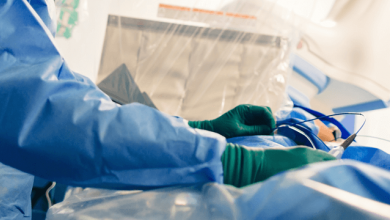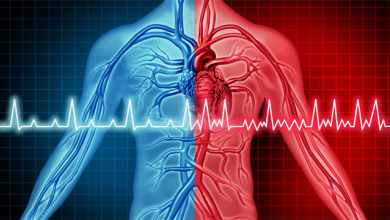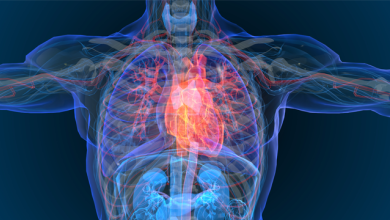Search results
Author(s):
Charlotte Brouwer
,
Mark G Hazekamp
,
Katja Zeppenfeld
Added:
3 years ago
The reported incidence of congenital heart disease (CHD) depends on the number of trivial lesions included, such as atrial and ventricular septal defects (ASDs and VSDs). Moderate-to-severe CHD numbers remain stable with 6 per 1,000 live births.1 Survival into adulthood has improved dramatically over the last 25 years and has been driven mainly by a decreased mortality in moderate and severe…
View more
Author(s):
Marwan M Refaat
,
Jad Ballout
,
Moussa Mansour
Added:
3 years ago
Although there is no formal database of adults with congenital heart disease (CHD) in the United States, the prevalence and incidence of CHD can be estimated and extrapolated from data in the Canadian providence.1 As such, the prevalence of CHD in the United States has been estimated in 2010 to be around 2.4 million people (1.4 million adults and 1 million children), with an incidence of between…
View more
Author(s):
Carina Blomström-Lundqvist
,
Tatjana S Potpara
,
Helena Malmborg
Added:
3 years ago
With the advent of successful surgical repairs and modern diagnostic techniques, an increasing number of patients with congenital heart disease survive to adulthood. Despite these improvements, the surgical corrective atrial incisions performed during childhood lead to subsequent myocardial scarring that have the inherent risk of harbouring substrates for macro-reentrant atrial tachycardias …
View more
Unmissable EP Papers
Author(s):
Demosthenes G Katritsis
,
Andrew Grace
,
Angelo Auricchio
,
et al
Added:
3 years ago
Article
Author(s):
Rodrigo Gallardo Lobo
,
Michael Griffith
,
Joseph De Bono
Added:
3 years ago
Around 0.8% of live births are affected by some type of congenital heart disease; 30–50% of whom will need one or more surgical interventions, generally during early childhood, involving in some cases complex corrections with patches, baffles or extracardiac circuits.1,2
As a result of advances in surgical interventions, the life expectancy of patients with congenital heart disease has…
View more
Author(s):
Andrew Grace
,
Gregory YH Lip
,
Pier D Lambiase
,
et al
Added:
1 month ago
Author(s):
Henry Chubb
,
Mark O’Neill
,
Eric Rosenthal
Added:
3 years ago
Device therapy is increasingly employed in the management of complex congenital heart disease (CHD). Bradycardias, most often related to sinus nodal dysfunction (SND) or atrioventricular nodal (AVN) block, may necessitate the implantation of pacing devices, while malignant arrhythmias may be treated by appropriate use of implantable cardioverter defibrillators (ICDs). However, there is a complex…
View more
Author(s):
Irina Suman-Horduna
,
Sonya Babu-Narayan
,
Sabine Ernst
Added:
3 years ago
Catheter ablation has moved from ablation of ‘simple’ substrates like accessory pathways,1 atrioventricular nodal re-entrant tachycardias (AVNRTs)2 and re-entrant or focal tachycardia (of either ventricular or atrial origin)3–5 in recent years to more complex arrhythmias such as atrial or ventricular tachycardia (VT) or fibrillation.6–8 Even patients with complex congenital heart disease that may…
View more
Author(s):
John M Miller
Added:
3 years ago
The Electrocardiogram
In the entire realm of his work, Dr Josephson’s greatest love was the simple electrocardiogram (ECG). His discernment, based on the ECG, into the patient’s history and disease processes was legendary. Among the more important and insightful contributions he made to our understanding of heart disease and arrhythmias from the ECG are: observations of alternating preexcitation…
View more
Author(s):
Maarten Antonius Koole
,
Sanne de Jong
,
Barbara J Mulder
,
et al
Added:
1 week ago














